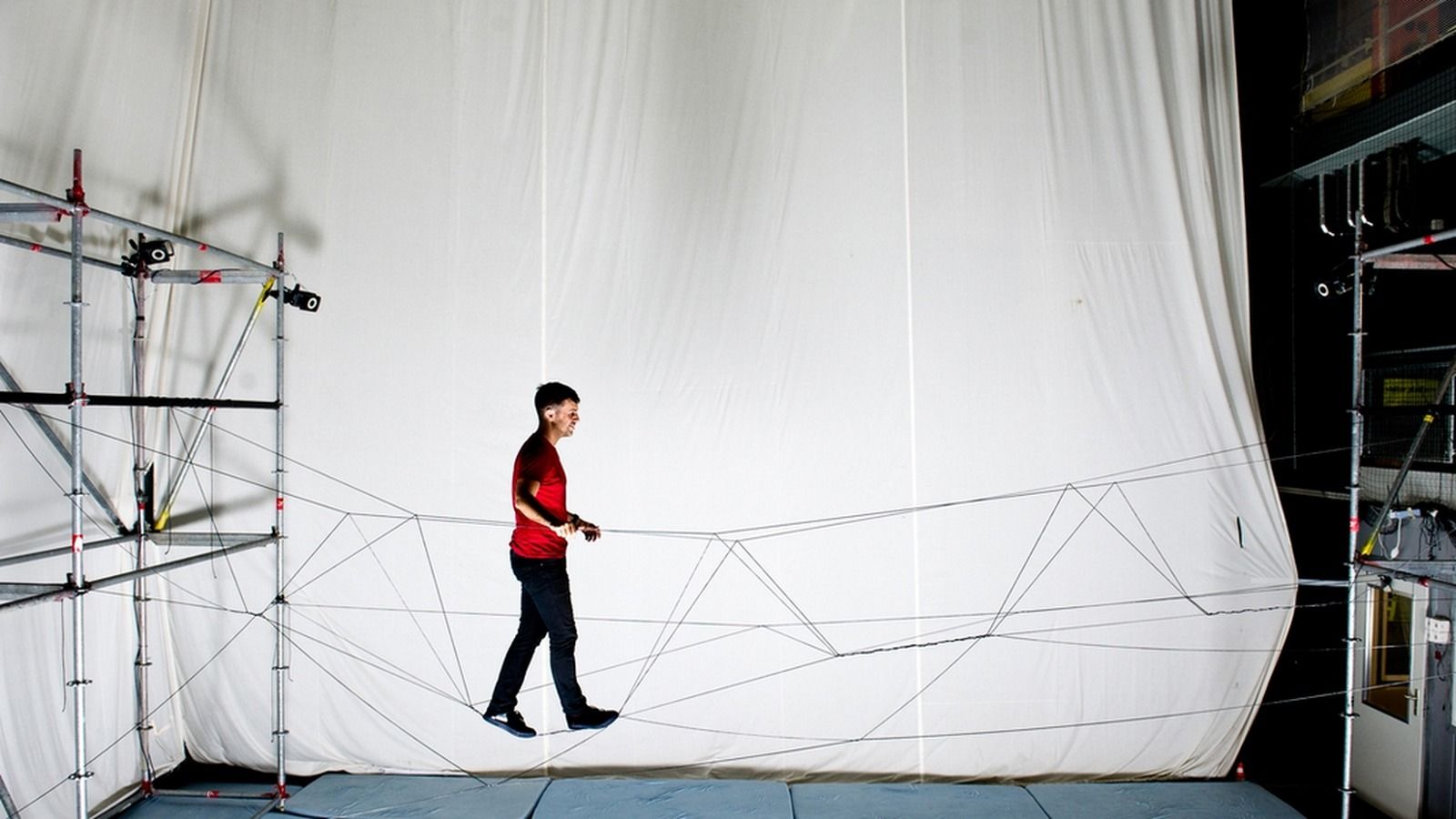Sep 22, 2015
Shades of ‘Star Trek’? Quantum Teleportation Sets Distance Record
Posted by Sean Brazell in categories: encryption, internet, quantum physics
You’ve gotta love Star Trek, but there is absolutely NO WAY I’d ever set foot in a real teleportation device! (if one ever really got made, of course) Call me crazy, but I’m kinda partial to keeping my molecular cohesion as intact as possible, which kinda rules out having it ripped apart and remade on the other side.
A record-breaking distance has been achieved in the bizarre world of quantum teleportation, scientists say.
The scientists teleported photons (packets of light) across a spool of fiber optics 63 miles (102 kilometers) long, four times farther than the previous record. This research could one day lead to a “quantum Internet” that offers next-generation encryption, the scientists said.
Continue reading “Shades of ‘Star Trek’? Quantum Teleportation Sets Distance Record” »















